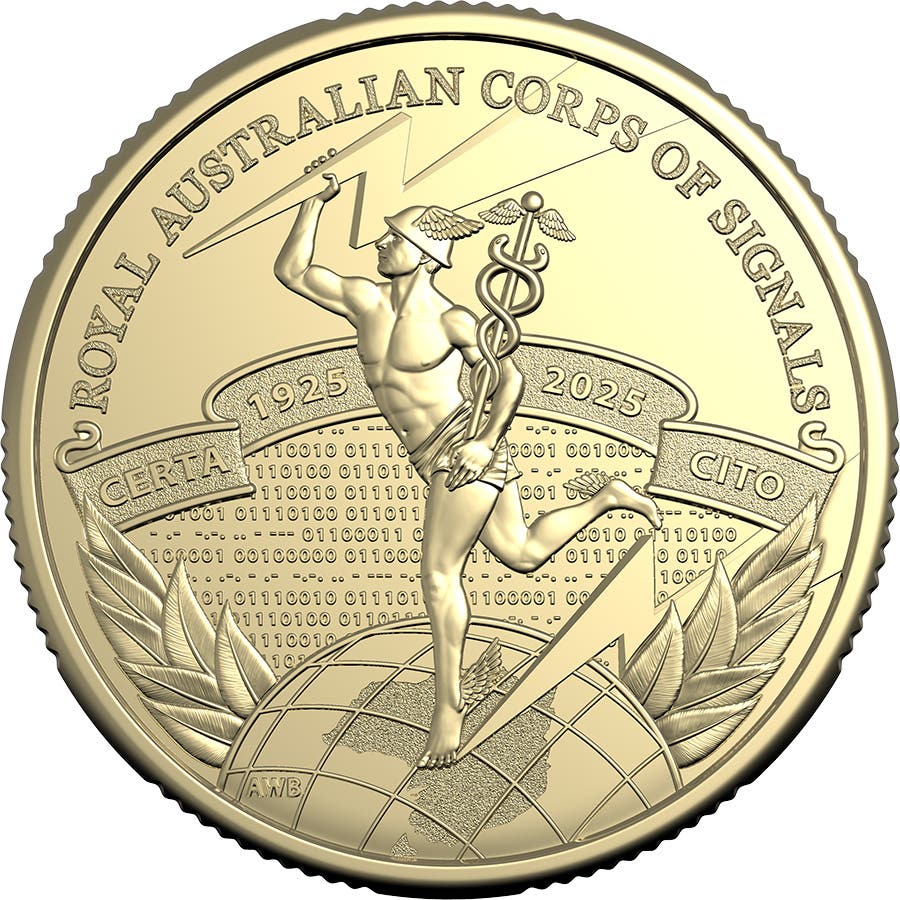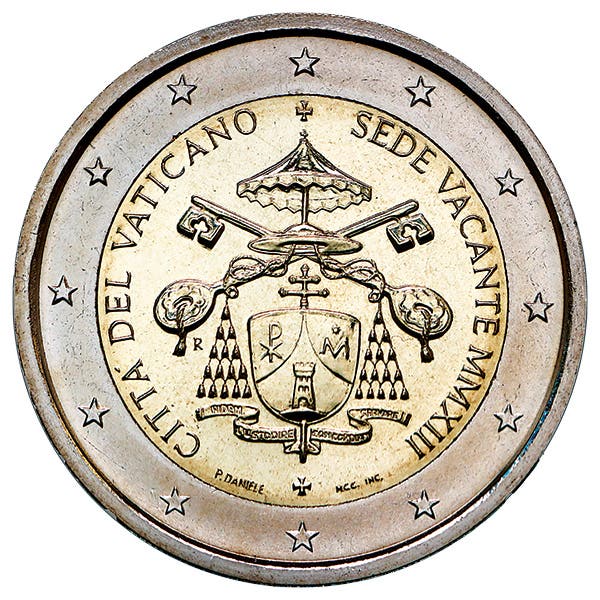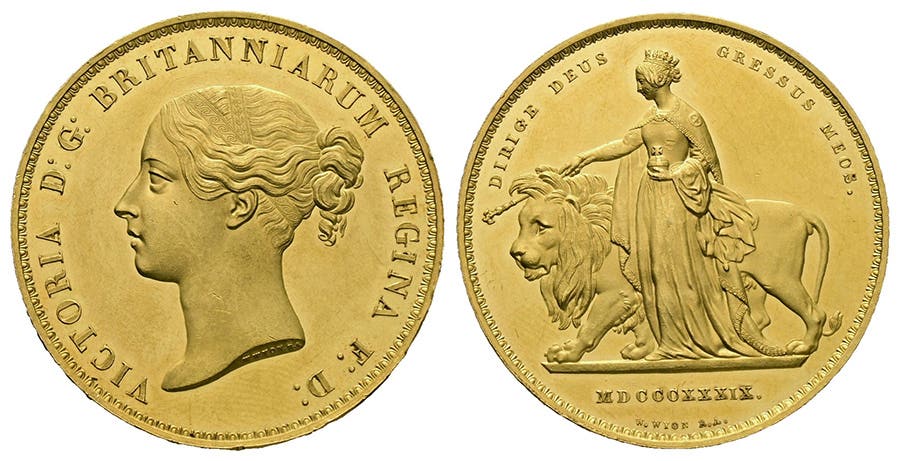Coin Counterfeiting Making Headlines
Outside of Japan’s 500-yen coin, which has significant purchasing power, you don’t hear much of anything anymore about counterfeit coins. Counterfeiting circulating coins appears to be something out of the…
Outside of Japan’s 500-yen coin, which has significant purchasing power, you don’t hear much of anything anymore about counterfeit coins. Counterfeiting circulating coins appears to be something out of the past since the financial gains are typically more significant should someone choose to counterfeit bank notes or simply go into theft of cyber currencies instead.
Apparently while counterfeiting coins may be primarily off the radar “the business” is still prospering. The Financial Crimes Unit of the Israel Police’s 443 Major Crimes Unit will attest to that. On Dec. 8 it was announced four suspects were arrested a day earlier. The individuals have been accused of counterfeiting Israeli 5- and 10-shekel coins.
The Bank of Israel issues coins in seven denominations. The current 5-shekel coin was introduced in 1990. The copper-nickel piece has a weight of 8.2 grams, a diameter of 24 millimeters, and features the capital of a column. The coin is 12-sided.
The 10 shekel has a bronze-plated steel or “aureate bonded steel” center and nickel-plated steel outer ring. The coin has a weight of seven grams and a diameter of 23mm. A palm tree with seven leaves and two baskets is the central design for this issue. This coin is round. A 10-shekel coin had an exchange rate of $3.22 U.S. at the time this article was being written. In comparison the Japanese 500-yen coin, which has also been widely counterfeited, had an exchange rate of $4.39 on the same day.
The current Israeli coinage system began in 1985 when the 1-, 5-, and 10-agorot and half and 1 shekel were introduced. Production of the 1 agorot stopped in 1990, the denomination being officially withdrawn from circulation the following year. The 5 and 10 shekels were introduced in 1995. The 2-shekel denomination was added to the mix in 2007. The same year 5 agorot minting ceased, with the coin being withdrawn in 2008. Israeli coins are minted by the Korea Minting and Security Printing Corporation.
Prominent Hebrew poets appear in the vignettes on the current Israeli Series C bank notes that were introduced in 2014. Bank notes have been issued in denominations of 20, 50, 100, and 200 shekels. The bank notes are printed by the Swiss company Orell Fussli Security Printing.
According to Financial Crimes Unit police, the owner of a local factory is suspected of cooperating with the three other suspects to convert his factory into a counterfeiting facility. One of the suspects may have used several bank accounts to launder more than 5 million shekels with an exchange value of about $1.6 million U.S.
Two individuals were caught in the act of producing counterfeit coins at the time the police raided the factory. What was described as “dozens of loose 5- and 10-shekel coins, raw materials, printing blocks, and sophisticated machines” were seized in the raid. Additional raids on the homes of suspects resulted in more fake coins being confiscated.
The four suspects were charged with producing counterfeit currency; installing or owning tools to produce counterfeit currency; fraudulent receipts of goods, tax evasion, and money laundering. They were brought before the Magistrates Court in Rishon Lezion for a remand hearing, at which it was decided to remand three of the suspects.
Counterfeits of collector coins are more commonly encountered today than are counterfeits of coins meant for use in commerce. Overall, there are likely more incidents of counterfeit bank notes than of coins.
The Bangko Sentral ng Pilipinas Payments and Currency Investigation Group reported seven enforcement operations during the first nine months of 2021 that resulted in more than 500 counterfeit bank notes with a face value in excess of P480,000 being seized. Of the 16 suspects arrested, 14 were identified as being members of organized crime. What is disturbing is that the BSP also seized more than 200 counterfeit foreign notes in the same raids. The countries represented by the fakes were not identified in police reports.
In 2017 the United Kingdom released a new 12-sided £1 coin due to rampant counterfeiting of its predecessor, which had been nicknamed the “round pound.” At that time the Royal Mint estimated about 2.5 percent of all £1 coin in circulation were fakes.
Japan released an improved version of its 500-yen coin for the first time in 21 years in 2021 in an effort to keep ahead of counterfeiters. The rollout was postponed while machines that accept coins were being re-calibrated to accept the new as well as existing versions of the denomination.








